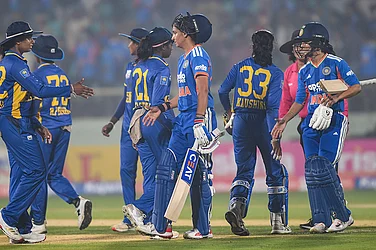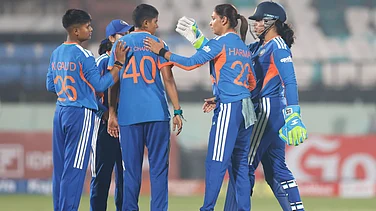India were beaten by seven wickets by Australia in the opening ODI of the three-match series at the Optus Stadium in Perth. Indian top-order failed as India could only give a DLS adjusted 131-run target to the Aussies who chased it down without much fuss to take a 1-0 lead in the series.
The series opener was interrupted at various intervals by rain which frustrated the sides and the viewers. Ultimately, once the rain relented, India were in a difficult position and their bowlers needed to put up a miraculous performance to turn the game around.
Here are the five big takeaways from the India vs Australia rain-curtailed 1st ODI.
No Kuldeep
India yet again went into an overseas game without Kuldeep Yadav, arguably the best wrist-spinner in the world. India opted for the batting depth of Washington Sundar over the bowling mastery of Kuldeep. Head coach Gautam Gambhir has been known for prioritising batting depth and the first ODI was just another example of the same.
Big guns fail
The much-awaited return of Virat Kohli and Rohit Sharma in Indian colours did not bring much joy as the duo fell early in the game. Rohit was undone by Josh Hazlewood's extra bounce for 8 off 14.
Kohli went for a big drive and gave a catch to point fielder for his dismissal against Mitchell Starc for a Duck.
Axar's promotion
Axar Patel was yet again sent into bat early after the top three fell inside the powerplay. This is yet another indication of the team management's faith on Axar the batter and also the prolongation of the theory of left-right hand combinations. Axar, for his part, played a solid innings of 31 runs despite rain playing hide and seek and forcing consistent breaks in the game.
Hazlewood's heat
Josh Hazlewood troubled India batters with his steep bounce and accounted for the wickets of former India captain Rohit and the current vice captain Shreyas Iyer. Hazlewood finished with 20 runs in his seven overs, establishing himself once again as one of the best all-format bowlers in the world currently
DLS confusion
India finished with 136/9 in 26 overs but Australia were given a target of only 131, triggering confusion among fans. However, as per the the DLS calculations, the target was 131 as India's already had lost too many wickets (resources) upfront.


























